The roar of a V8 engine is synonymous with the thrill of NASCAR racing, a sport that has profoundly influenced the development of these powerful engines in America. From its inception, NASCAR has pushed manufacturers to innovate, resulting in technological advancements that have trickled down to everyday vehicles. The high-octane world of NASCAR has shaped the evolution of the American V8 engine in numerous ways.
The Origins of NASCAR and the V8 Engine
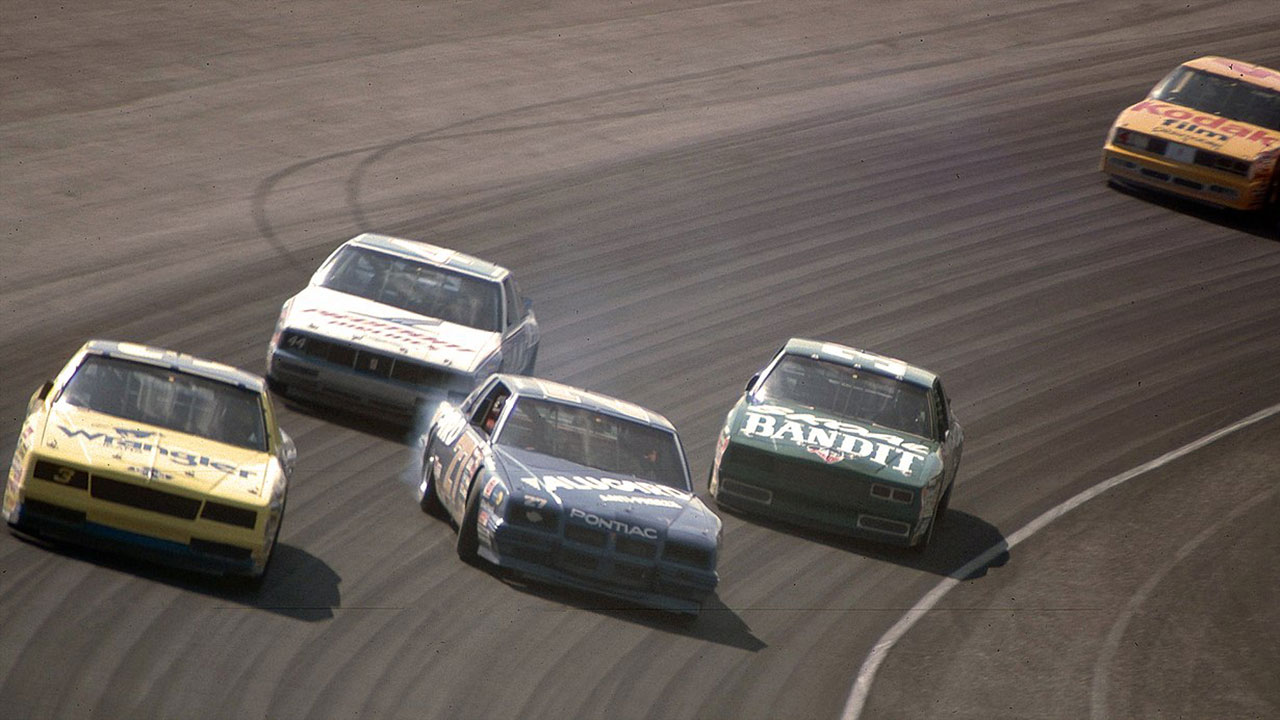
NASCAR’s roots can be traced back to the prohibition era when bootleggers needed fast, reliable cars to outrun law enforcement. These early stock car racers often modified their vehicles for better performance, laying the groundwork for what would become NASCAR. The V8 engine, with its superior power and speed, quickly became the engine of choice for these daring drivers. As NASCAR officially formed in 1948, the V8 engine was already a staple in the racing community, setting the stage for decades of innovation.
Manufacturers soon recognized NASCAR as an ideal proving ground for their vehicles. The competitive nature of the sport drove companies like Ford, Chevrolet, and Chrysler to invest heavily in research and development. The V8 engine, already popular in consumer vehicles, became the focal point of these efforts. By the 1950s, manufacturers were not only competing on the track but also using their racing success to market their consumer vehicles, emphasizing the performance and reliability of their V8 engines.
Technological Innovations Driven by Competition
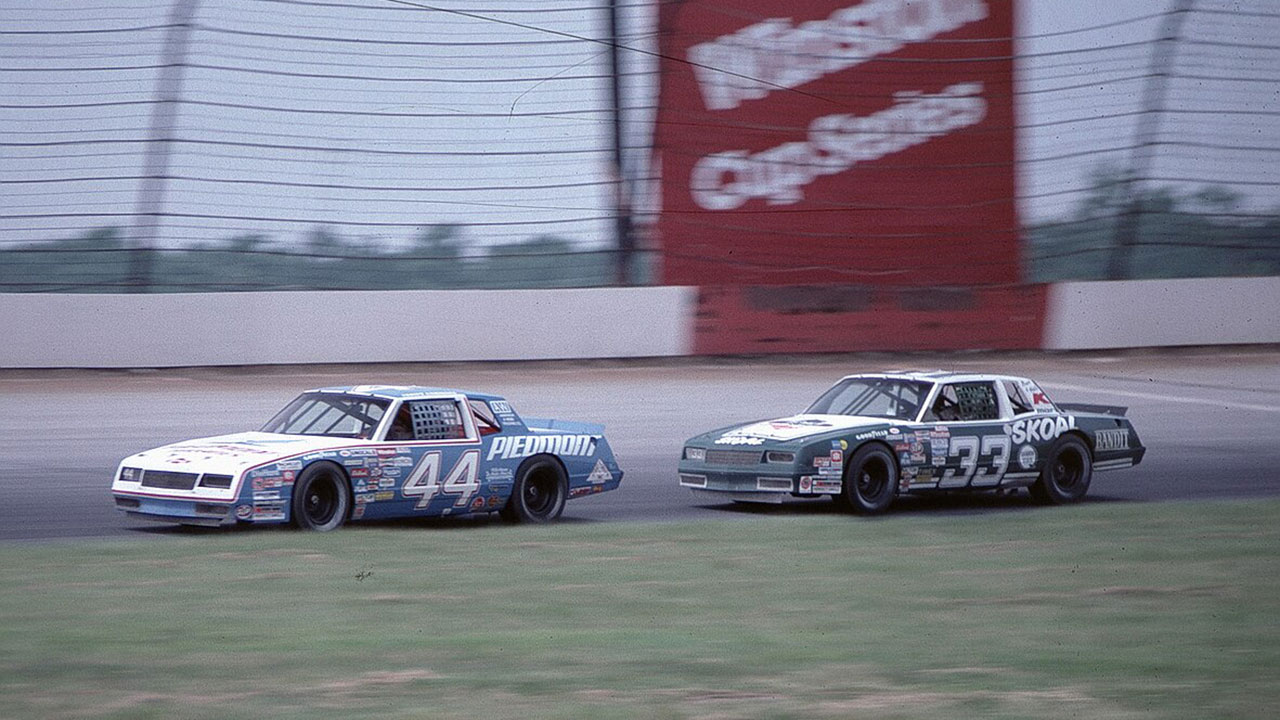
The fierce competition in NASCAR has led to significant technological advancements in V8 engine design. To gain an edge over rivals, teams have continually pushed the boundaries of engine power and performance. This relentless pursuit of speed has resulted in engines that produce more horsepower and torque than ever before. Innovations such as fuel injection systems, turbocharging, and advanced ignition systems were all developed to meet the demands of high-speed racing.
Beyond raw power, NASCAR has also driven the adoption of robust materials and engineering techniques. The need for engines that can withstand the intense conditions of racing has led to the use of lightweight alloys and advanced manufacturing processes. These innovations have not only improved engine durability but have also made their way into consumer vehicles, enhancing the performance and longevity of everyday V8 engines.
Aerodynamics has also played a crucial role in shaping V8 engine development. As teams sought to reduce drag and increase speed, they discovered that engine design could significantly impact a car’s aerodynamic profile. This led to innovations in engine placement, cooling systems, and exhaust configurations, all of which have influenced the design of modern V8 engines.
The Influence of NASCAR Regulations
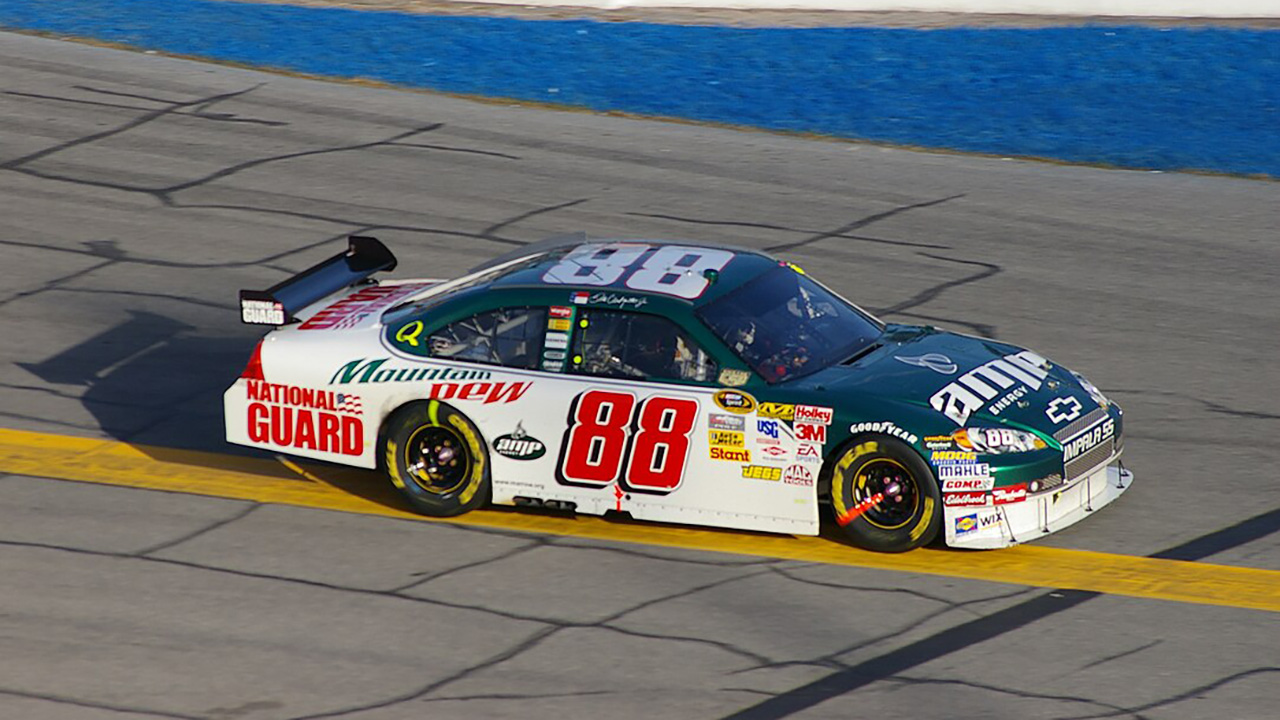
NASCAR’s regulations have had a profound impact on V8 engine development. To ensure fair competition, the organization has implemented rules governing engine displacement and power output. These restrictions have forced teams to find creative ways to maximize performance within the limits, leading to innovations in engine tuning and efficiency. For example, the introduction of restrictor plates in the 1980s limited airflow to the engine, prompting teams to develop more efficient combustion processes.
The “Car of Tomorrow,” introduced in 2007, further influenced engine development. Designed to improve safety and competition, this new car featured a more standardized design, including changes to the engine bay. Teams had to adapt their engines to fit within these new constraints, leading to further advancements in engine packaging and cooling systems. These changes not only improved safety but also pushed the boundaries of what was possible with V8 engine design.
Balancing safety and performance has always been a key consideration in NASCAR. As the sport has evolved, so too have the safety standards, with engines playing a crucial role in this evolution. Innovations such as improved engine mounts and fire suppression systems have been developed to protect drivers in the event of a crash, demonstrating the ongoing influence of NASCAR regulations on V8 engine design.
The Crossover to Consumer Vehicles
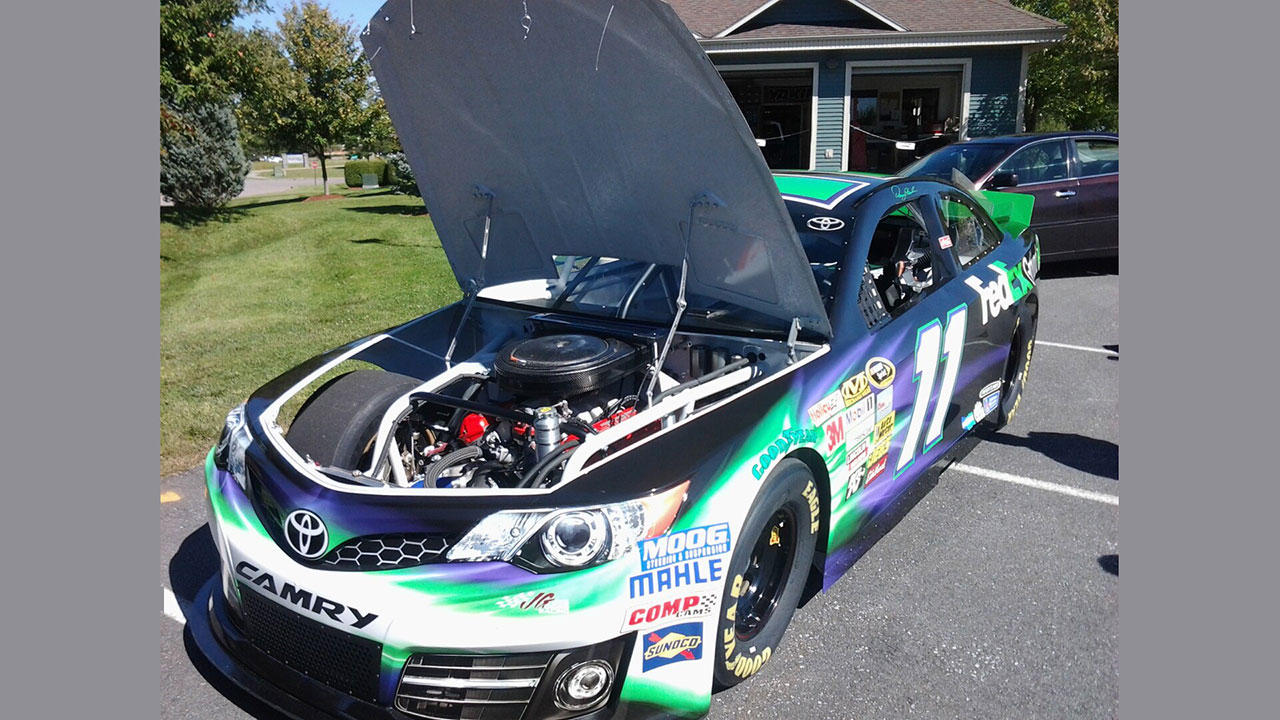
The innovations driven by NASCAR have had a significant impact on consumer vehicles, particularly in the realm of V8 engines. Many of the technologies developed for the track have found their way into everyday cars, improving performance, reliability, and efficiency. For instance, the use of lightweight materials and advanced manufacturing techniques has resulted in engines that are both more powerful and fuel-efficient.
Fuel efficiency and emissions have been major areas of focus for both NASCAR and consumer vehicles. The lessons learned on the track have helped manufacturers develop engines that meet increasingly stringent environmental standards. Technologies such as variable valve timing and cylinder deactivation, initially developed for racing, have been adapted for consumer vehicles, reducing fuel consumption and emissions without sacrificing performance.
NASCAR’s cultural impact on American car enthusiasts cannot be overstated. The sport has popularized the V8 engine, making it a symbol of power and performance. This cultural influence has driven demand for V8-powered vehicles, encouraging manufacturers to continue investing in the development of these engines. As a result, the innovations driven by NASCAR have not only improved the performance of consumer vehicles but have also shaped the automotive landscape in the United States.
Future Trends in V8 Development
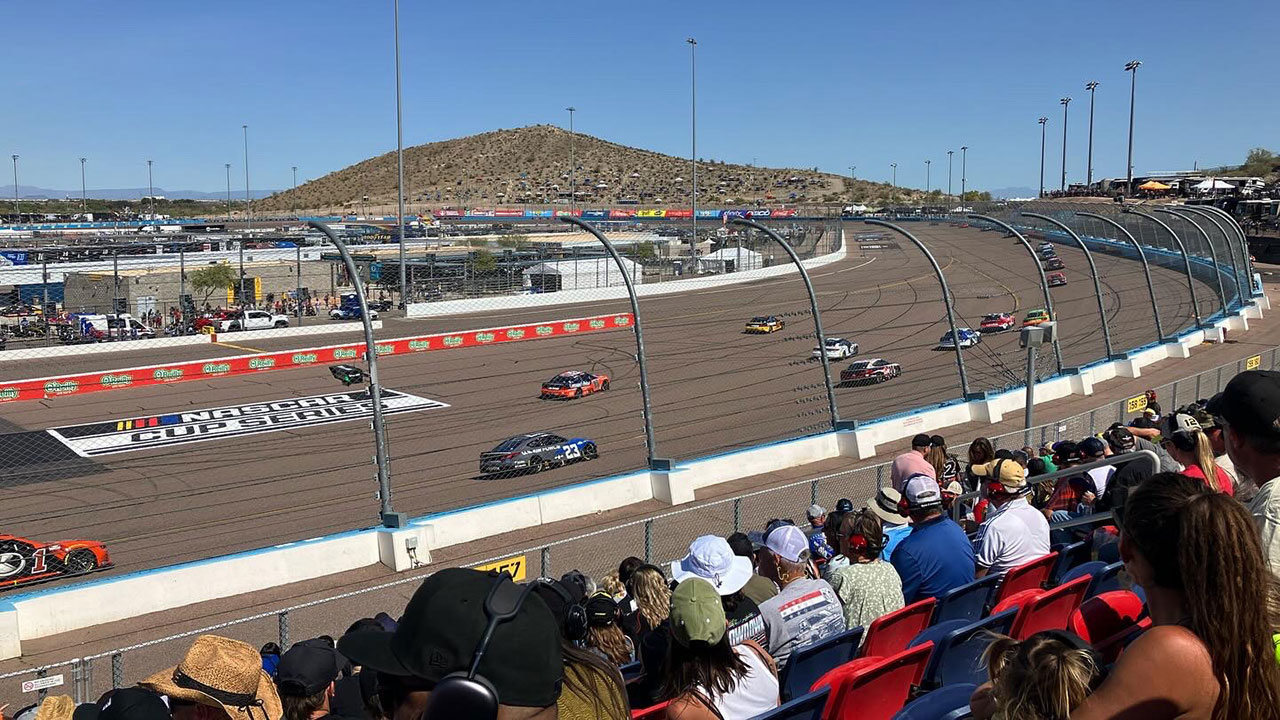
As the automotive industry faces the challenge of sustainability, the future of the V8 engine is being reimagined. NASCAR, too, is adapting to these changes, exploring eco-friendly technologies that could influence the next generation of V8 engines. Hybrid and electric powertrains are becoming more prevalent, and their integration with traditional V8 designs is an area of active research and development.
The influence of hybrid and electric technologies on V8 engines is already being seen in the form of mild hybrid systems and electric assist features. These innovations aim to enhance performance while reducing fuel consumption and emissions, aligning with the industry’s push towards sustainability. NASCAR’s exploration of these technologies could pave the way for their broader adoption in consumer vehicles, ensuring that the V8 engine remains relevant in an increasingly eco-conscious world.
NASCAR’s legacy in shaping automotive innovation is undeniable. The sport has driven countless advancements in V8 engine design, from raw power and performance to efficiency and sustainability. As the industry continues to evolve, NASCAR will undoubtedly play a crucial role in the development of future V8 engines, ensuring that this iconic powerplant remains a staple of American automotive culture.
Like Fast Lane Only’s content? Be sure to follow us.
Here’s more from us:
*Created with AI assistance and editor review.

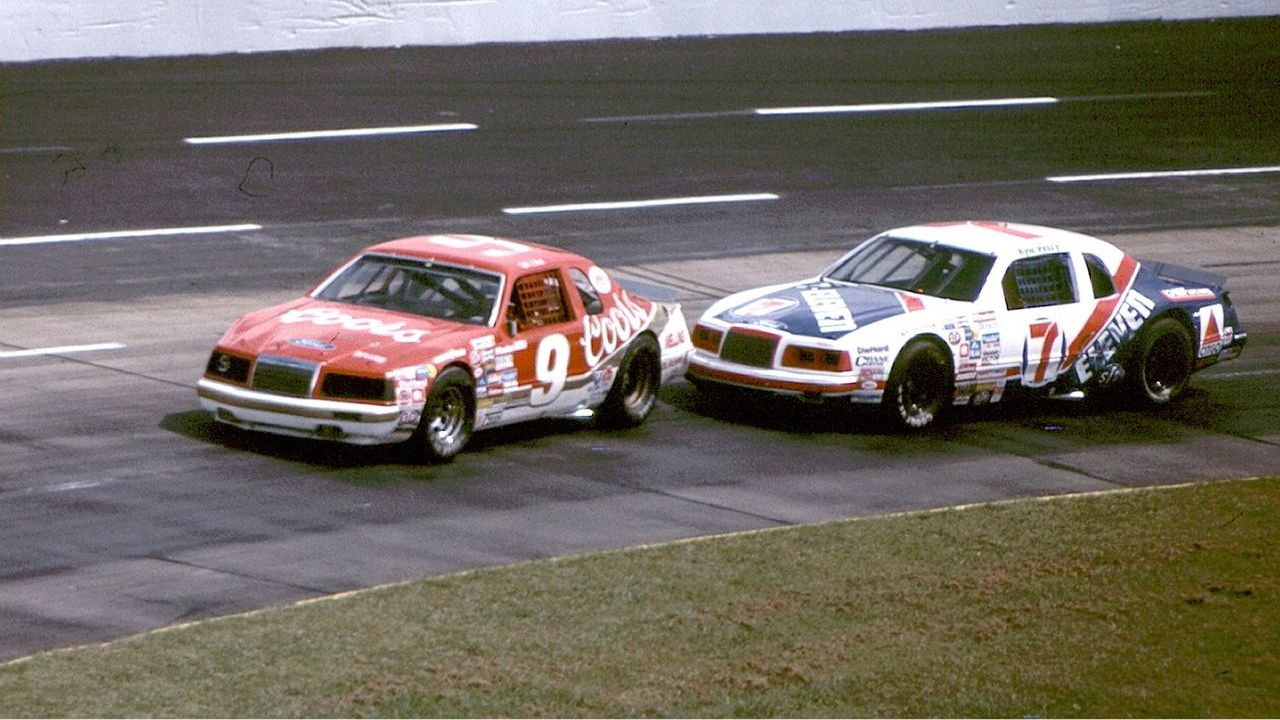


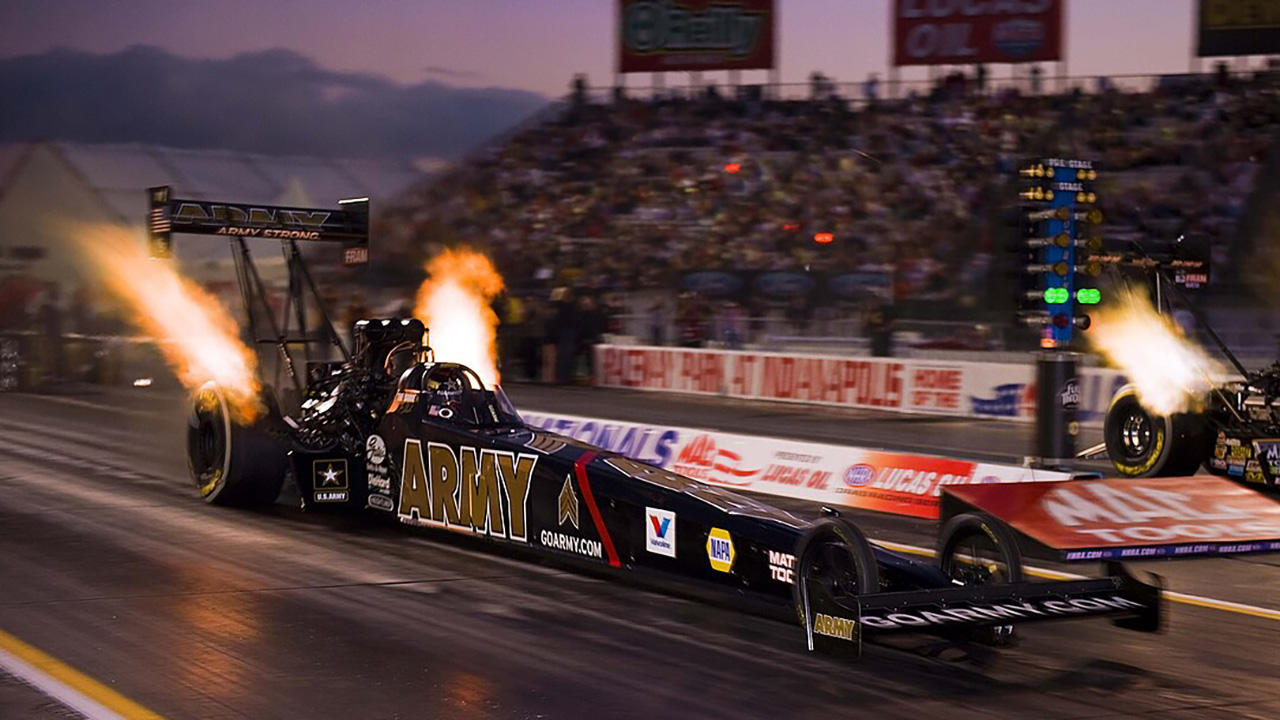
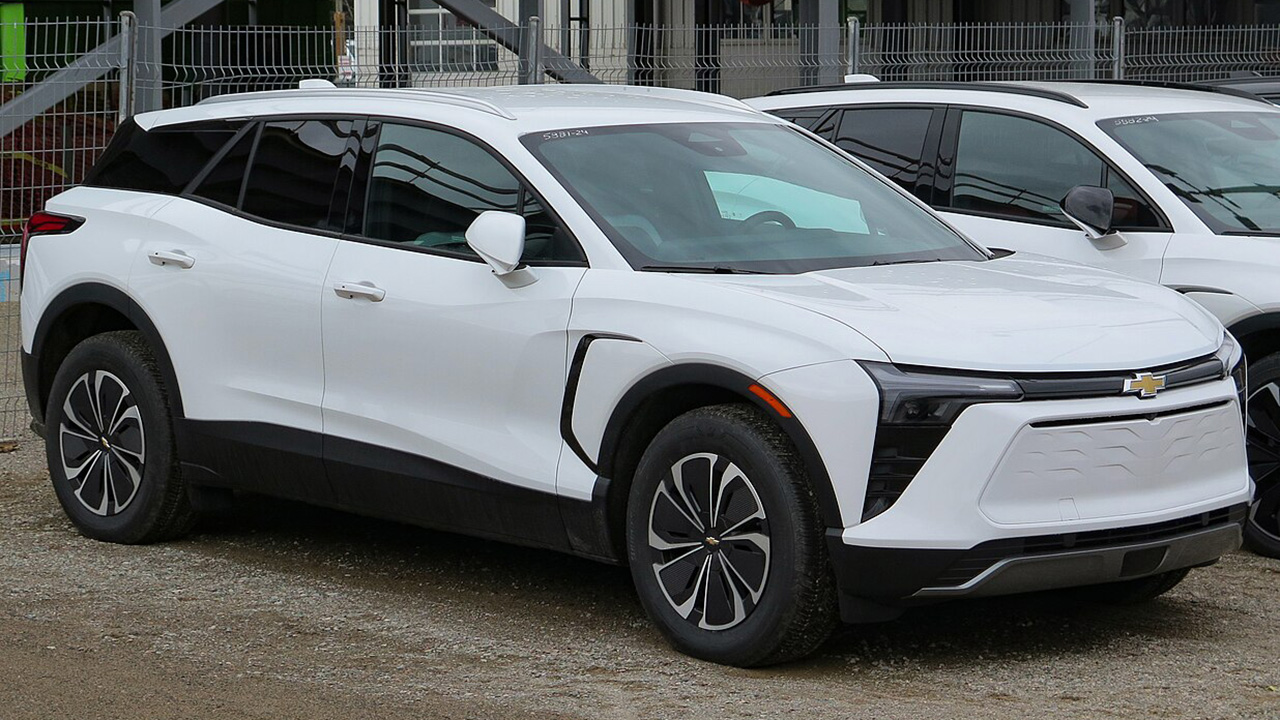
Leave a Reply